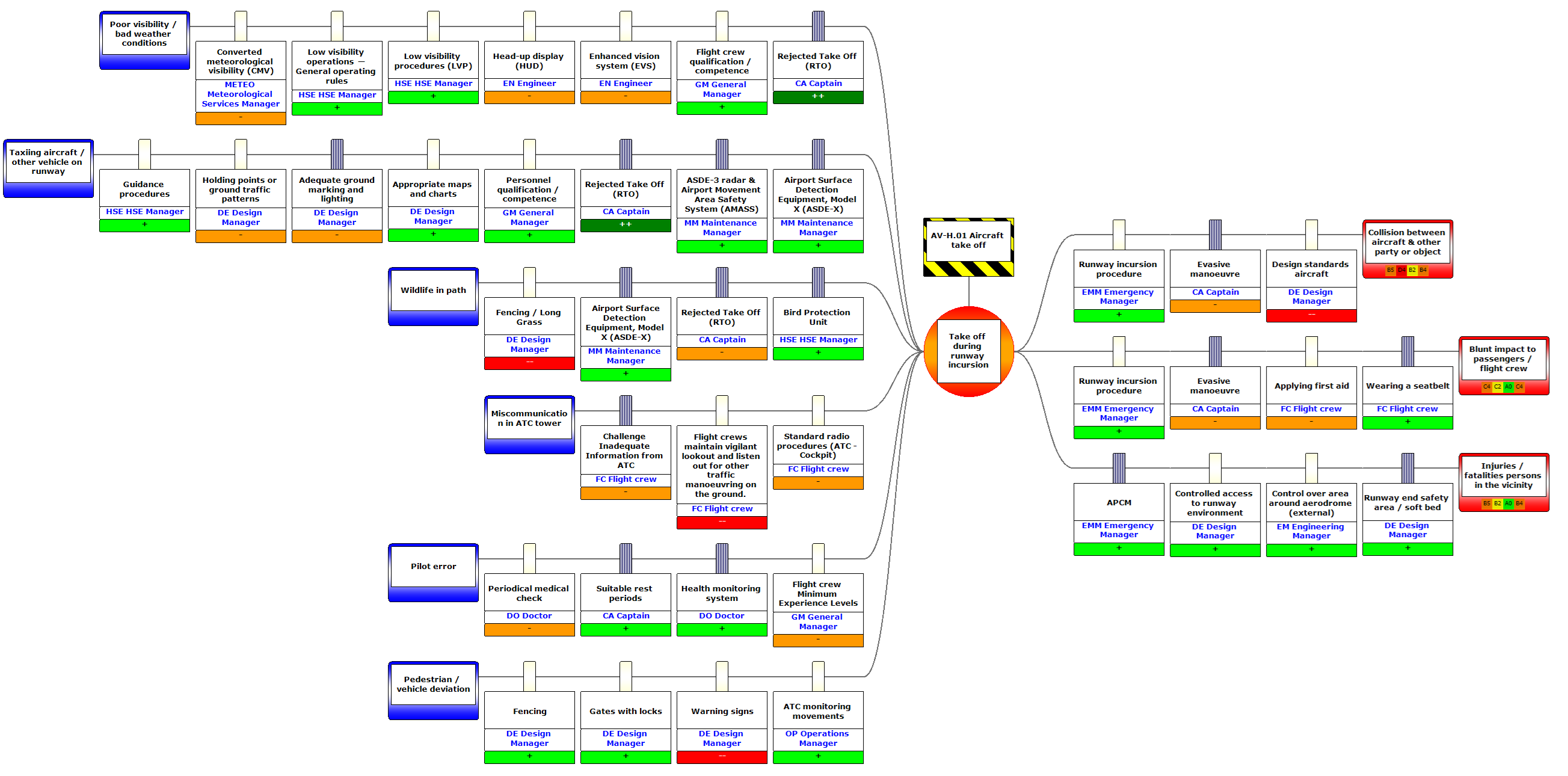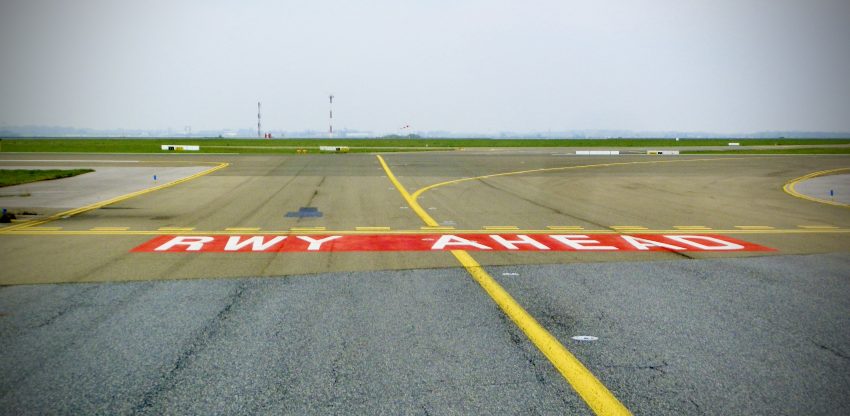According to the initial investigation by the Japan Transport Safety Board, the recovered flight data and voice recorders indicate that the pilot misunderstood the ATC instruction and entered the runway without permission. Furthermore, it is suggested that the lack of monitoring by the ATC controller could have played a role in this unfortunate incident. This shows the complexity of aviation safety management which always involves many stakeholders. As a methodology focusing on specific events, the bowtie methodology may provide another perspective for the management of the major risks.
On January 2, a Japan Airlines A350, flight number JAL516, was involved in a collision with a Japan Coast Guard DHC-8 during its landing at Haneda Airport. Five of the six crew on board the DHC-8 died in the collision, but all 367 passengers and 12 crew on the A350 were evacuated without a fatality. Both aircraft were destroyed by the fire after the crash.

What is runway incursion and why does it happen?
ICAO defines a runway incursion as any occurrence at an aerodrome involving the incorrect presence of an aircraft, vehicle or person on the protected area of a surface designated for the landing and take-off of aircraft. The runway incursion may dramatically increase the risk of collision. Since runway incursion occurs during the landing or take-off phase of an aircraft, at least one of the involved aircraft will be running at a high speed, which increases the risk of aircraft damage, injury, and fatality. Due to its severe consequences, ICAO places it among the five highest-risk categories of safety events. The deadliest accident in aviation history, the Tenerife Airport disaster, which resulted in 583 fatalities, was also attributed to the runway incursion.
Many factors may induce this incident. According to the Global Action Plan for the Prevention of Runway Incursion (GAPPRI) developed by EUROCONTROL, the variability of human performance, lack of systemwide collision avoidance barriers, degraded runway status awareness, miscommunication and coordination, and challenges in surface navigation are the main reasons.
To reduce its occurrence and to mitigate its impact once it happens, all the stakeholders involved in the airport operations, including airport designers, airport operators, aircraft operators, air navigation service providers (ANSPs), ground handlers, manufacturers and the rescue and fire-fighting services (RFFSs), usually develop comprehensive regulations, procedures, training, and inspections from their own perspective. However, as a systemic incident, the prevention of runway incursion needs collaborative endeavors from many positions in various scenarios. Thus, it is necessary to introduce a comprehensive but concise method to deliver the risk management measures and the safety status to all related personnel.
Bowtie – understands runway incursion from another perspective
A bowtie diagram visualizes the risk you are dealing with in one understandable picture. The diagram is shaped like a bowtie, creating a clear differentiation between the proactive and reactive sides of risk management. The bowtie methodology provides another perspective on risk management. Different from traditional risk management which focuses on a specific position or process, a bowtie diagram is developed from an event.

With structured knowledge, different scenarios including the reasons and consequences of the event could be built up. Barriers could be set into scenarios to show what controls are in place to prevent, mitigate or eliminate major consequences from happening. Bowtie diagrams ensure easy risk communication by making the risk visual and understandable on the right abstraction level. Various colours, patterns or filters could be used to highlight the position in charge as well as the criticality and effectiveness of the barriers, which provides the safety manager with an overview of the entire risk management.

Bowtie methodology also provides solutions for the life cycle of risk management from proactive safety inspection to reactive incident investigations. Since all the processes are organized under the same method structure, the procedures could be simplified and the results could be presented in a clear, understandable and uniform way. Out of its benefits, the UK Civil Aviation Authority and other organisations have listed bowtie as a recommended method of risk management.
*To70 uses the Bowtie methodology to understand complex safety critical incidents and other issues.

ABOUT THE AUTHOR
Joined To70 China in 2020 holding an MSc in air transport management from Cranfield University and working experience in airline operation and air traffic control. He has applied his expertise in several projects of airport and airspace evaluation and optimisation by implementing data analysis and fast-time simulation. He is moving on to safety management and sustainable aviation to cope with the emerging challenges in the aviation industry.
Check out our open vacancies around the globe!

